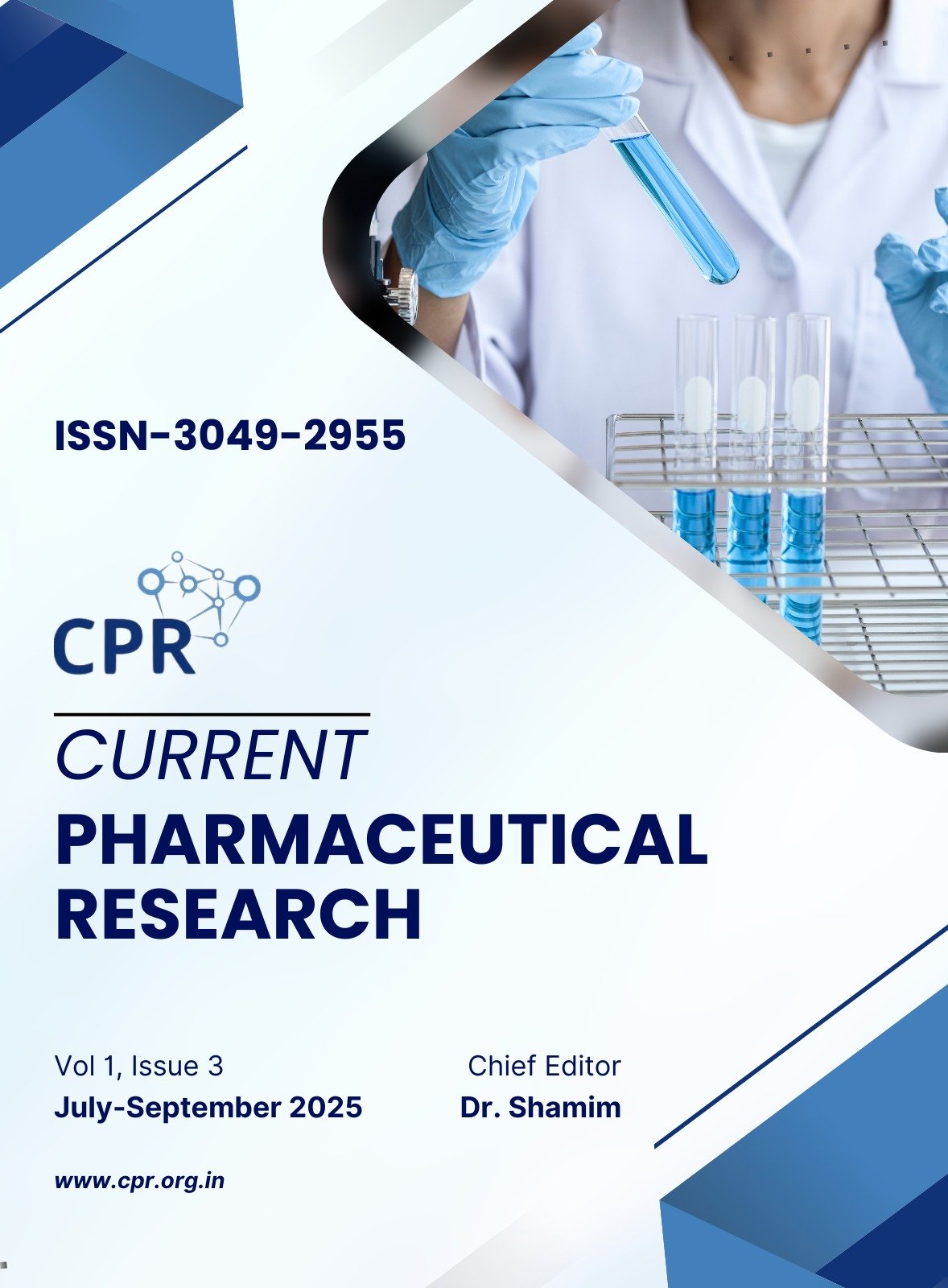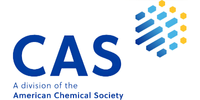Targeting Metabolic Liver Disorders with Sodium Orthovanadate: A Novel Therapeutic Strategy
DOI:
https://doi.org/10.63785/cpr.2025.1.3.274284Abstract
Non-alcoholic fatty liver disease (NAFLD) and alcoholic fatty liver disease (AFLD) are major hepatic disorders characterized by lipid accumulation, oxidative stress, and inflammation, yet they differ fundamentally in aetiology. While NAFLD is primarily driven by insulin resistance and metabolic syndrome, AFLD arises from chronic alcohol consumption and the hepatotoxic effects of its metabolites. Current therapeutic approaches for both conditions are limited, often relying on lifestyle modifications or nonspecific pharmacological agents, with suboptimal outcomes. Sodium orthovanadate (SOV), an inorganic vanadium compound, has emerged as a novel candidate due to its multifaceted pharmacological profile. Acting as an insulin mimetic, SOV enhances insulin signalling and glucose uptake, while also exerting potent antioxidant and anti-inflammatory effects. These properties make it uniquely suited to address both metabolic and alcohol-related liver dysfunction. Preclinical studies have demonstrated SOV’s ability to reduce hepatic steatosis, normalize lipid profiles, improve mitochondrial function, and suppress inflammatory cytokines. Notably, its mechanism of action in NAFLD primarily involves modulation of glucose and lipid metabolism via PI3K/Akt pathways, whereas in AFLD, it acts by attenuating oxidative damage and downregulating NF-κB-mediated inflammation. Despite these promising outcomes, clinical translation is constrained by concerns regarding long-term toxicity. Nevertheless, SOV holds significant potential as a dual-purpose therapeutic agent targeting the complex pathophysiology of fatty liver diseases.
Downloads
Published
Issue
Section
License
Copyright (c) 2025 Current Pharmaceutical Research

This work is licensed under a Creative Commons Attribution-NonCommercial 4.0 International License.






